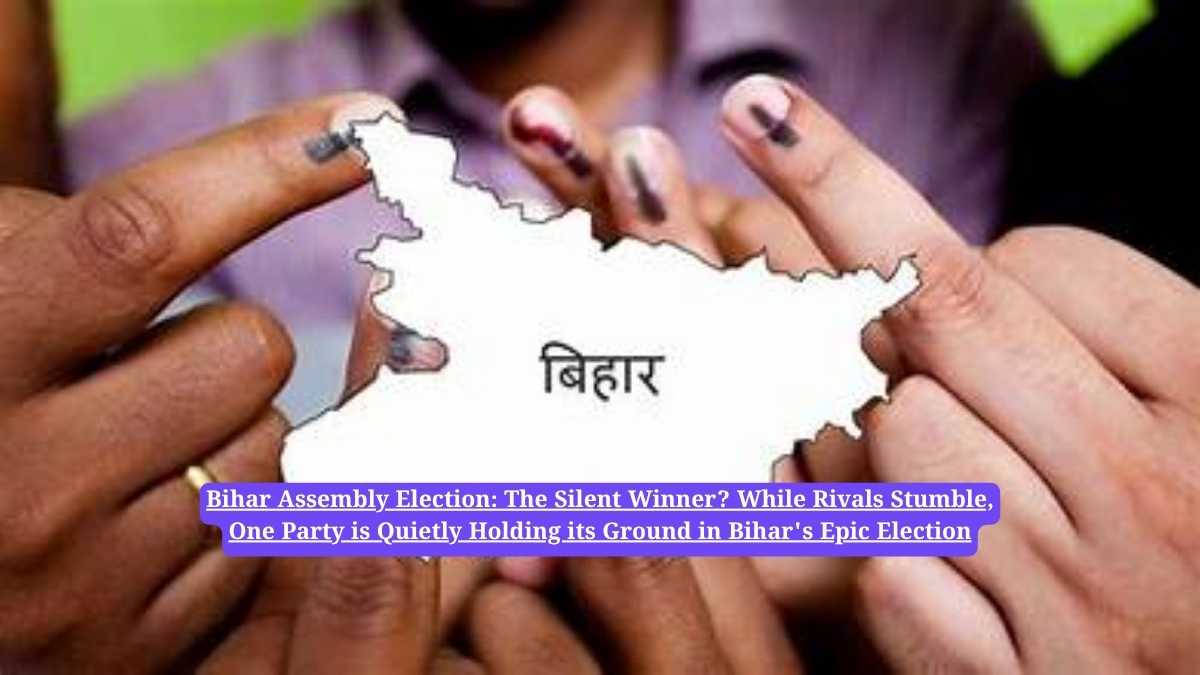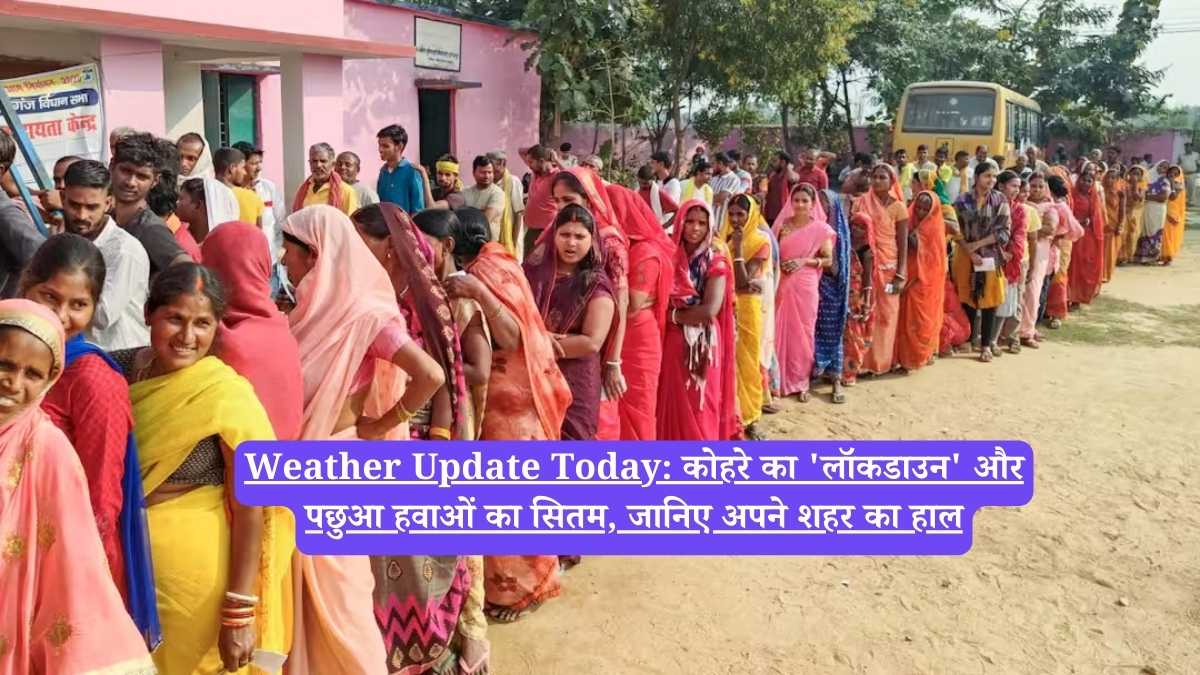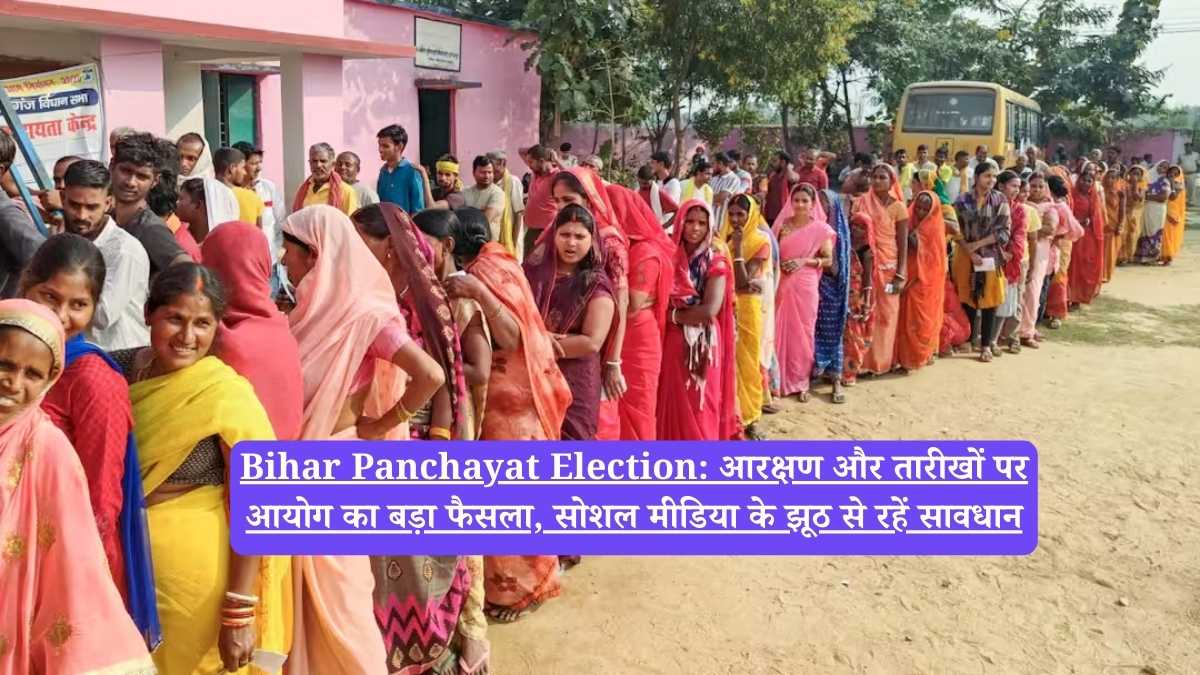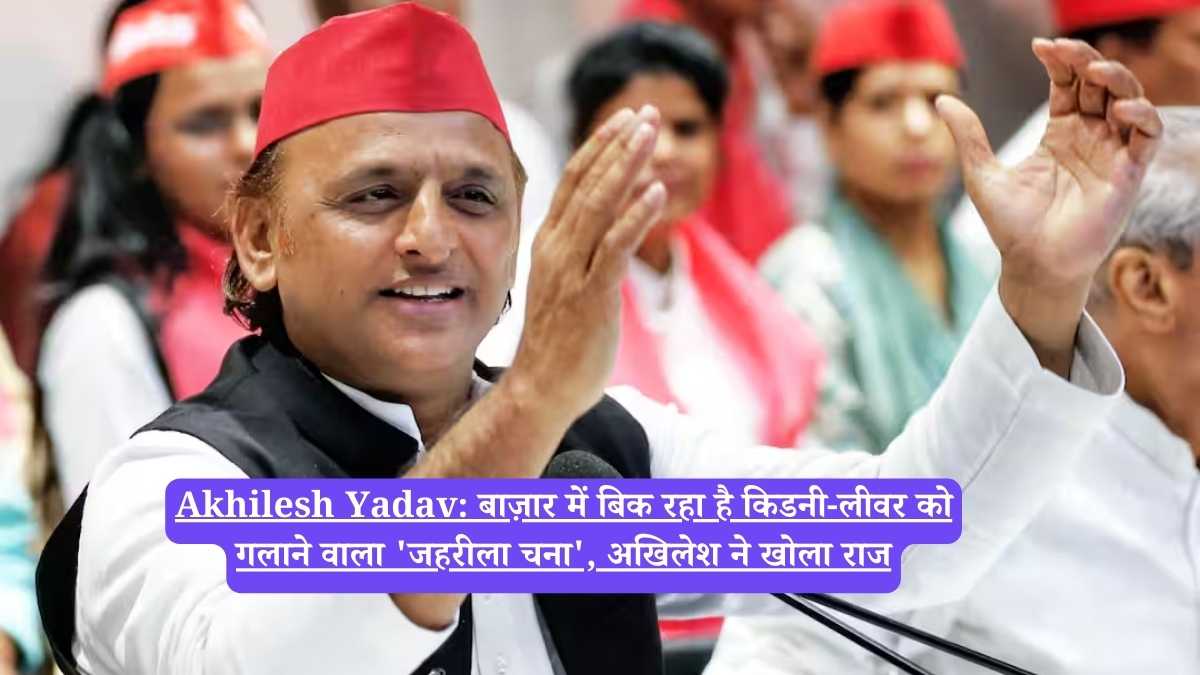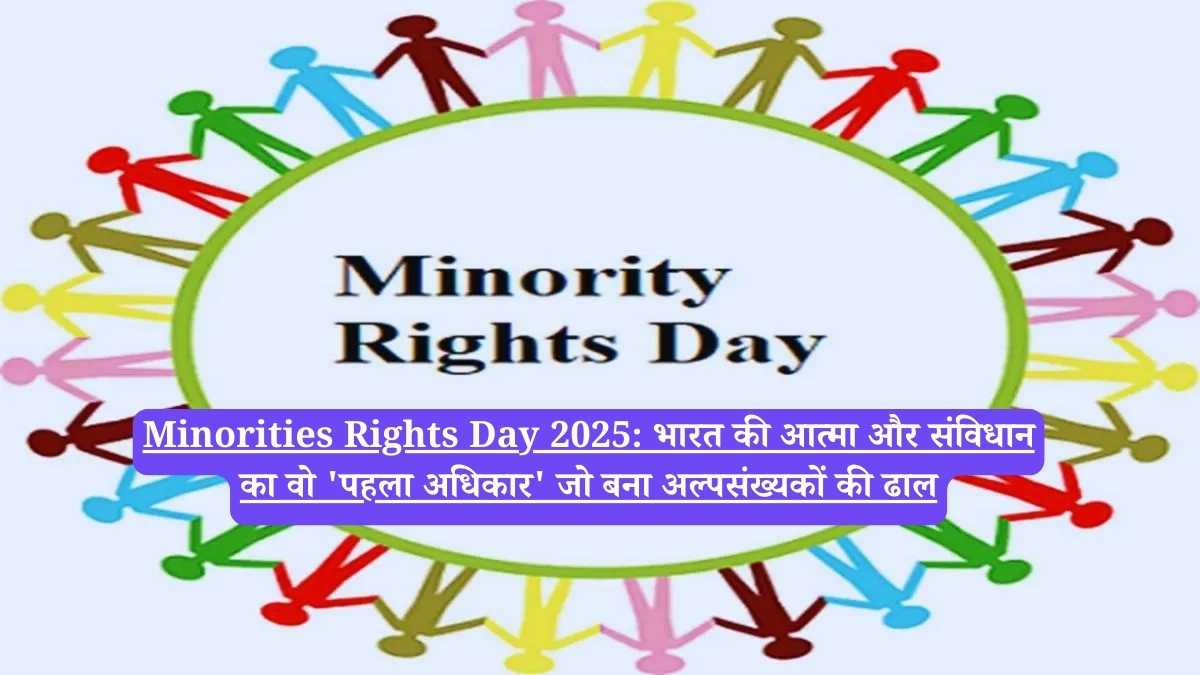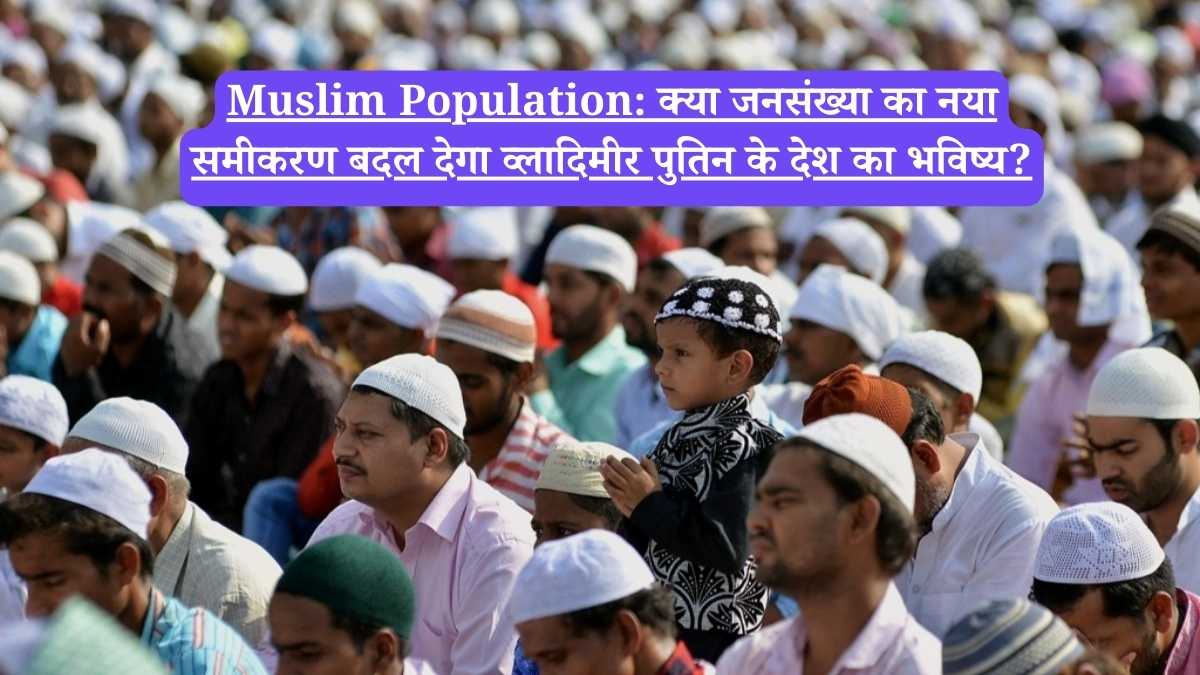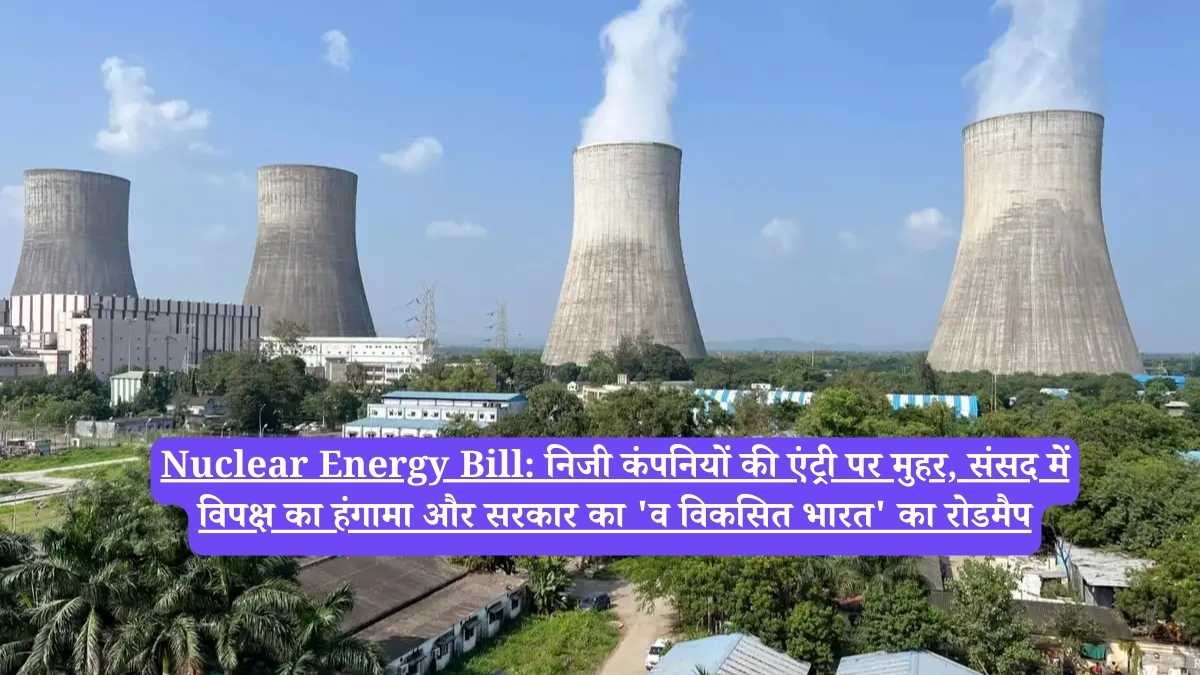Join WhatsApp
Join NowBihar Assembly Election: As the drums of the Bihar Assembly election beat louder, the political temperature in the state has reached a fever pitch. The landscape is saturated with posters, fiery speeches, and massive rallies, all swirling around a single, billion-dollar question: Who will be crowned the king of Bihar, and who will be cast out of the race? Amidst this political frenzy, a groundbreaking analysis by political strategist Amitabh Tiwari has sent shockwaves through the system, offering a new lens to understand the complex electoral calculus. By meticulously dissecting the results of the last six to seven major elections—including three Assembly and three Lok Sabha polls—Tiwari’s study reveals which parties are standing on solid ground and whose political empires are beginning to crumble.
JDU’s Precarious Position: A Foundation on Shaky Ground
For Chief Minister Nitish Kumar’s Janata Dal (United) or JDU, the situation appears more unstable than balanced. According to Tiwari’s analysis, the JDU has about 17 seats categorized as “very strong” fortresses. Shockingly, the party has only managed to convert 6 to 7 of these into actual wins. The picture is just as grim in its 31 “strong” category seats, where the JDU’s performance has been alarmingly weak, securing only 4 to 5 victories.
The real cause for concern, however, lies deeper. While the party holds around 34 “moderate” seats with mixed results, a staggering 116 of its contested seats fall into the “difficult” category—constituencies where winning has proven to be a near-impossible task. Out of these, the JDU has historically won merely one or two. To compound their worries, there are 45 “weak” seats where the JDU has failed to even open its account. This data paints a worrying picture of a party struggling to retain its influence.
BJP’s Parallel Struggle: A Shared Story of Decline
Prime Minister Narendra Modi’s Bharatiya Janata Party (BJP), a key ally in the ruling coalition, finds itself in a strikingly similar boat. The analysis identifies 19 seats as “very strong” for the BJP, yet it has only triumphed in 6 or 7 of them. Similarly, out of 47 “strong” seats, a mere 4 to 5 have been won. The party has scraped together 3 wins from its 44 moderate seats, but its performance in the difficult territories is where the foundation truly cracks. Approximately 70 seats are classified as areas where the BJP’s performance has been far below expectations, and in another 63 seats, the party has never secured a victory. These figures strongly suggest an erosion of the BJP’s traditional vote bank, particularly in rural heartlands where discontent over coalition policies appears to be growing.
RJD’s Resilient Stronghold: The Unwavering Core
In stark contrast, Lalu Prasad Yadav’s Rashtriya Janata Dal (RJD) has demonstrated remarkable resilience and stability. The RJD boasts 16 seats in the “strong” category and has consistently won 4 to 5 of them, showcasing a loyal and dependable base. Its performance in the 16 moderate seats is also balanced, with 3 victories. Most interestingly, even in the 116 seats deemed “difficult,” the RJD has successfully managed to clinch one or two. This indicates that Lalu Yadav’s traditional vote bank remains a potent force in certain pockets, capable of delivering wins even against the odds. However, like other parties, the RJD has been unable to penetrate 93 seats classified as “weak.”
The Fading Forces: Congress and the Left Face a Battle for Relevance
The Indian National Congress presents the most fragile political front in Bihar. The party holds no seats in the “very strong” category. Only 7 of its seats are “moderate,” out of which it has won 3. Across 44 “difficult” seats, its performance is abysmal, barely managing a win or two. In a massive 189 “weak” seats, the Congress is practically non-existent.
The Left parties, including CPI(ML) and CPI(M), mirror this struggle. The analysis confirms they lack any “strong” or “very strong”holds. The CPI(M) has managed just one or two victories out of 11 difficult seats and has failed to win in over 200 “weak” constituencies, highlighting their limited and shrinking influence in the state.
A Tale of Two Bihars: The North-South Political Divide
Tiwari’s analysis offers another fascinating insight by bifurcating the state into North Bihar and South Bihar, revealing two distinct political realities. Nitish Kumar’s JDU appears to have a stronger foothold in North Bihar, where 12 of its “very strong” seats are located, of which it has won 6 to 7. In South Bihar, its position is weaker, with 5 “very strong” seats but more inconsistent wins.
The BJP also finds more strength in North Bihar with 15 “strong” seats and a decent win ratio. The RJD’s core strength is also concentrated in North Bihar, where it has consistently won 6 to 7 of its 16 strongholds, while its influence in South Bihar remains comparatively limited. This geographical split will be a critical factor in the final electoral outcome.
